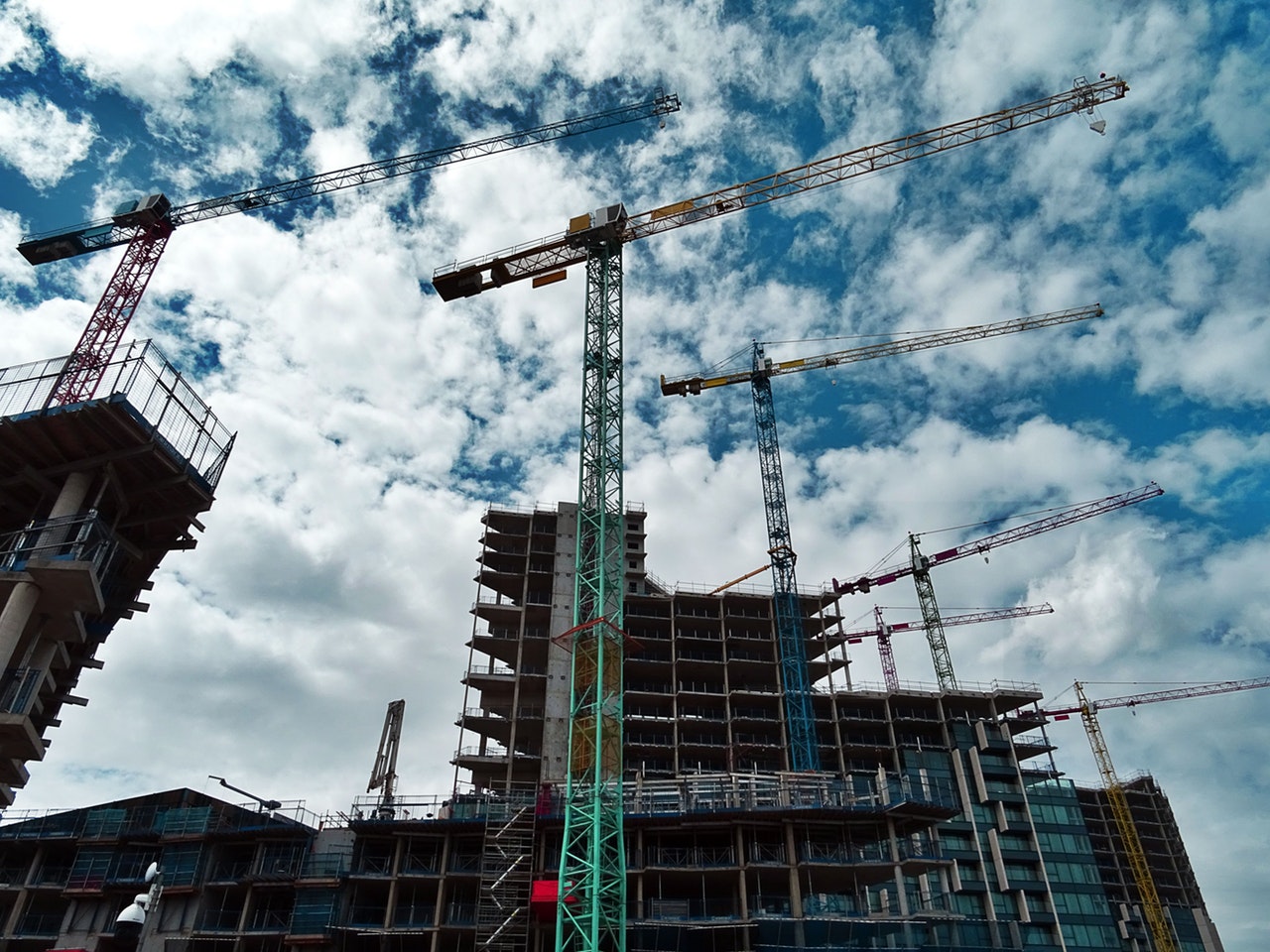
With housebuilding targets front of mind for much of the property industry, all eyes have been on developers over the past year. Whilst new housing supply is catching up with demand, more land must be released in areas where there is most need before genuinely affordable homes can be made widely available. With that in mind, developers have been widening their scope in the search for viable plots. With Site Finding and Development 2018 coming up this May, we take a look at some of the sites catching the eyes of developers and investors.
Urban brownfield
With rising demand for housing being met with a significant lack of space in the UK’s cities, urban brownfield sites are an increasingly attractive option for both residential and commercial developers. Since 2014, the value of urban brownfield sites has risen by 9%, as demand follows an upward trajectory.
This demand for brownfield land follows significant opposition to developing on Britain’s green spaces, with recent research by Campaign to Protect Rural England (CPRE) revealing that brownfield sites across the country could provide space for over a million homes in England alone. Despite this, though, the cost to prepare former industrial sites for development remains a significant barrier for housebuilders and investors, especially those with residential properties in the pipeline. Combined with the many qualms house buyers have about residing on a former industrial site, these issues present significant challenges to developers.
Developing on the green belt
2017’s housing white paper laid out plans to free up green belt land for development, except in exceptional circumstances where local authorities could evidence other options for the land. For developers, this has opened up more opportunities to acquire larger sites close to essential commuter transport links. As of February 2018, greenfield land values also enjoyed an increase of 2.6%.
The demand for homes in more rural sites is uncertain though, as rural communities welcome affordable housing for local people but oppose losing the traditional character of countryside settlements. Coupled with the lack of financial incentive for rural landowners to part with their land (Savills, 2017), not to mention the costs involved in developing a rural site for development, this has been enough to keep many investors and developers away.
Regeneration and redevelopment opportunities

With significant risk associated with both brownfield and green belt sites, attention has turned to regeneration opportunities, with many town and city centres undergoing transformations to provide improved leisure, commercial and residential spaces. From London to Glasgow, regeneration schemes have already helped to provide more liveable spaces for the UK’s growing urban populations.
For private investors, the main draw of regeneration schemes lies in the returns they can afford. Unique lots, waterfront properties and sites near to workplaces or commuter links are ever-popular with developers and investors, and mixed-use developments have particular appeal, providing higher returns and capital growth. 2015 saw private sector investment in infrastructure schemes like urban renewal hit £15.4bn, almost matching public sector contributions to the same projects.
We will be learning more about the challenges and opportunities currently present in the market at this year’s Site Finding & Development event in May. Leading industry players will share their insights and key research to lay out the market landscape as it stands. Please book now to secure your space.